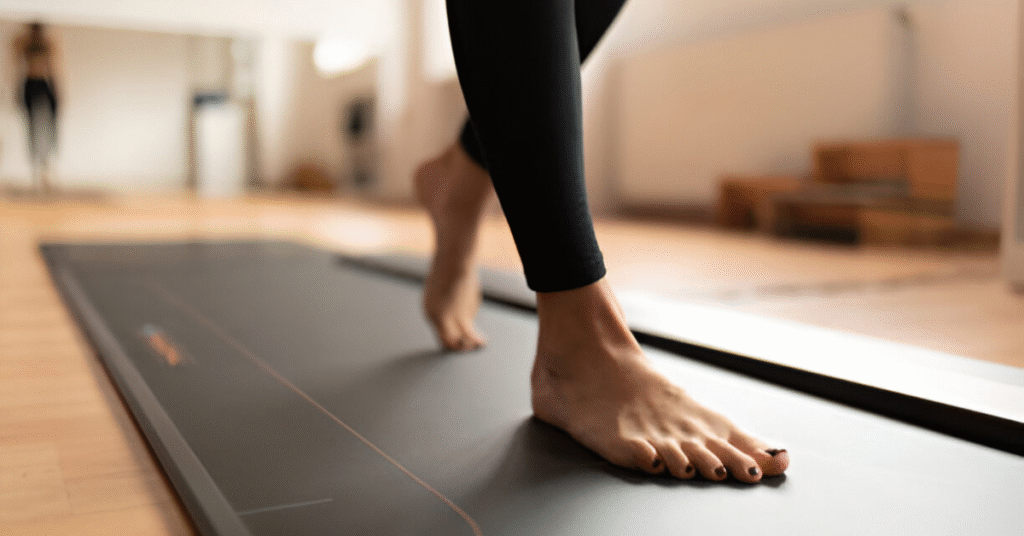Can Plantar Fasciitis Be Permanently Cured?
Overview Plantar fasciitis is one of the most common causes of heel pain, especially among adults who spend much time on their feet. It affects over 2 million Americans yearly, leading to sharp discomfort, especially during the first steps in the morning or after long periods of rest. For many, the question isn’t just how to treat it—but whether it can be permanently cured. At Sole Foot and Ankle, your trusted podiatrist in Valparaiso, Indiana, we know how frustrating chronic foot pain can be. Let’s explore what causes plantar fasciitis, what treatment options are available, and whether you can truly say goodbye to this condition for good. Key Takeaways What Is Plantar Fasciitis? Plantar fasciitis is an inflammation of the plantar fascia, the thick band of tissue that runs across the bottom of your foot and connects your heel bone to your toes. When this tissue becomes irritated or overstressed, it causes heel pain that can range from dull aches to sharp, stabbing sensations. Most commonly, pain is felt: Symptoms and Causes of Plantar Fasciitis Symptoms Common Causes Diagnosis and Tests A foot doctor will typically diagnose plantar fasciitis through: Early diagnosis allows for faster recovery and more effective treatment. Managing and Treating Plantar Fasciitis Non-Surgical Treatments Most people recover without surgery. Effective conservative treatments include: Advanced Interventions If symptoms persist beyond six months: Plantar Fasciitis Surgery: A Last Resort Surgery to release the plantar fascia may be considered only after extensive non-surgical attempts. It involves cutting part of the fascia to relieve tension and inflammation but comes with risks like nerve damage and arch instability. Prevention: How to Keep Plantar Fasciitis from Returning Even if symptoms are resolved, the condition can recur if contributing factors are not addressed. Here’s how to reduce your risk: Custom orthotics from a qualified Valparaiso podiatrist can make a significant difference in preventing recurrence. Outlook / Prognosis: Can Plantar Fasciitis Be Permanently Cured? The Honest Answer Plantar fasciitis can often be resolved completely, especially with early treatment and lifestyle changes. However, there is a risk of recurrence if underlying causes (like poor footwear or flat feet) are not managed. For many patients, it’s not about a single “cure,” but long-term management and prevention. Factor Affects Outcome Can It Be Controlled? Foot structure (e.g., flat feet) High Yes, with orthotics Body weight Moderate to high Yes Activity level Moderate Yes Footwear quality High Yes Adherence to stretching High Yes Living With Plantar Fasciitis If you’re dealing with ongoing heel pain, don’t ignore it. Many patients wait months before seeking help—only to discover how quickly their condition improves with professional guidance. Living with plantar fasciitis doesn’t have to mean living in pain. With the right support, it is possible to live an active, pain-free life. A Note from Sole Foot and Ankle If you’re struggling with plantar fasciitis or chronic heel pain, we’re here to help. At Sole Foot and Ankle, our team offers personalized care plans—from conservative treatment to advanced solutions—to help you find lasting relief. Schedule an appointment today with a trusted foot doctor in Valparaiso, Indiana, and take your first step toward healing.









